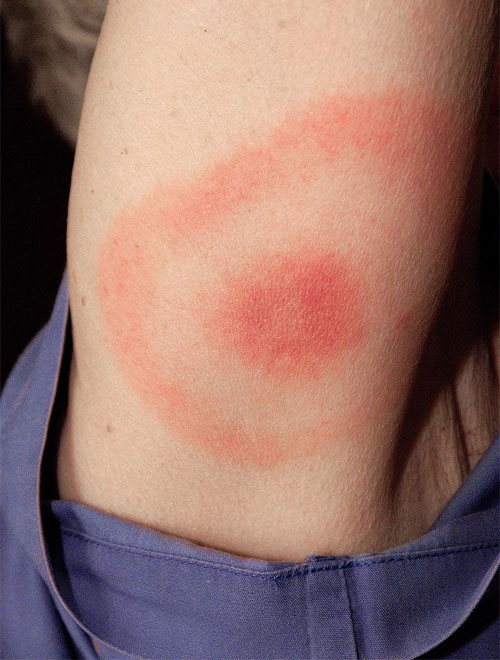Does Chronic, Persistent Lyme Disease Really Exist?

Denise Clark, ND
Lyme disease is a tick borne illness that generates much controversy among the medical community and researchers. One of the key topics of debate is whether the Lyme spirochete, Borrelia burgdorferi, persists in patients who have been treated with the recommended doses of antibiotics and yet remain symptomatic. A certain train of thought that divides the medical community was developed in the 1970’s that chronic, persistent Lyme disease was purely an autoimmune arthritis. Prior to this time the European medical literature reported Lyme disease as systemic illness involving neurologic, psychiatric, and musclo-sketal symptoms.
Whether Lyme disease can persist is controversial for many reasons:
-
- Acute infection with Lyme disease not treated long enough. It is common for most people with a positive diagnosis of acute Lyme disease to be treated with the antibiotic, doxycycline, twice a day for 10-14 days. Given the low success rates in trials treating Erythema Migrans (EM) rashes for 20 or fewer days, The International Lyme and Associated Disease Society (ILADS) recommends that patients receive 4-6 weeks of doxycycline, amoxicillin or cefuroxime. A minimum of 21 days of azithromycin is also acceptable, especially in Europe.
- The Bulls-Eye Rash (Erythema Migrans) that is a pathognomonic sign for Lyme disease is present in only 40-60% of those that are bite by a tick and are infected with Lyme disease. Many people do not remember having been bit by a tick that test positive for Lyme disease.
- It has been documented that the nymph stage of the ioxides tick can transmit Lyme disease and other pathogens and does not typically leave any trace of its attachment.
- The tick that transmits Lyme disease can transmit other pathogens and many of these co-infections do not respond to doxycycline.
A recent paper published in the journal, HealthCare1, this past year shed some light on whether Lyme disease can persist in those that have been treated with antibiotics. In this study, the culture of body fluids and tissues was performed in a randomly selected group of 12 patients with persistent Lyme disease symptoms who had been treated or who were being treated with antibiotics. Cultures were also performed on a group of ten control subjects without Lyme disease. The cultures were subjected to corroborative microscopic, histopathological and molecular testing for Borrelia organisms in four independent laboratories in a blinded manner.
Motile spirochetes identified histopathologically as Borrelia were detected in culture specimens, and these spirochetes were genetically identified as Borrelia burgdorferi by three distinct polymerase chain reaction (PCR)-based approaches. Spirochetes identified as Borrelia burgdorferi were cultured from the blood of seven subjects, from the genital secretions of ten subjects, and from a skin lesion of one subject. Cultures from control subjects without Lyme disease were negative for Borrelia using these methods.
Although this is a small study, it supports what medical practitioners that treat Lyme disease experience in daily practice: that Lyme disease can persist in those that have been treated with the standard approach of antibiotic therapy. Currently there is no standard approach to the treatment of chronic, persistent Lyme disease. In my experience, treatment needs to be individualized since some respond well to herbal and others to antibiotic treatment.
- Healthcare (basel). 2018 Apr 14;6(2). pii: E33. doi: 10.3390/healthcare6020033.
Persistent Borrelia Infection in Patients with Ongoing Symptoms of Lyme Disease.
Middelveen MJ, Sapi E, Burke J, Filush KR, Franco A, Fesler MCStricker RB.

